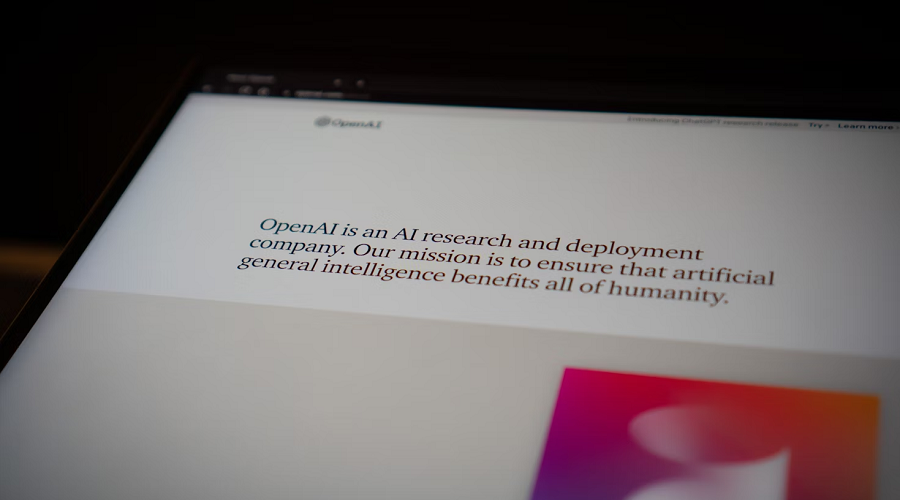 AI
AI
 AI
AI
 AI
AI
OpenAI today announced the formation of a committee that will be tasked with ensuring its machine learning research is carried out safely.
The Safety and Security Committee, as the panel is called, comprises nine members. It will be led by OpenAI Chief Executive Officer Sam Altman and three other directors, including board Chair Bret Taylor. The committee’s five other members are OpenAI engineering executives Aleksander Madry, Lilian Weng, John Schulman, Matt Knight and Jakub Pachocki.
The panel’s formation comes a few days after word emerged that the GPT-4 developer had disbanded an internal team dedicated to AI safety. The Superalignment team, as it was known, was established last July under the leadership of OpenAI co-founder Ilya Sutskever and then-head of alignment Jan Leike. It focused on mitigating the risks that could be posed by the company’s future AI systems.
Sutskever and Leike left OpenAI earlier this month. Leike wrote in a post on X following his resignation that “over the past few months my team has been sailing against the wind.” The Superalignment group’s members have reportedly either resigned or joined other teams within OpenAI. Leike today joined Anthropic PBC.
The panel is made up entirely of OpenAI insiders, which some observers noted could result in little or no independent oversight.
According to the company, the new safety and security committee’s first priority will be to identify ways that its AI risk mitigation workflows can be improved. The panel will submit its recommendations to OpenAI’s full board within 90 days. Afterwards, the company plans to publicly disclose which of the recommendations it will adopt.
OpenAI announced the launch of the committee today alongside another update: Its engineers recently began training its next frontier model. “We anticipate the resulting systems to bring us to the next level of capabilities on our path to AGI,” the company detailed. AGI or, or artificial general intelligence, is a term for hypothetical future AI models that can perform a wide variety of tasks with human-like accuracy.
Chief Technology Officer Mira Murati recently told Axios that a “major update” to GPT-4 is set to debut later this year. The update is described as more significant than GPT-4o, an enhanced version of the large language model that OpenAI detailed about two weeks ago. It’s unclear if the product launch will see the company release an upgraded edition of GPT-4 or an entirely new AI system.
OpenAI relies on graphics cards hosted in Microsoft Corp.’s public cloud for much of its AI research. Last week, Microsoft Chief Technology Officer Kevin Scott reportedly likened GPT-4 to an orca and OpenAI’s next-generation model to a whale. This implies the upcoming LLM will feature more parameters, AI configuration settings that play a central role in determining how a neural network processes data.
Recent reports suggest OpenAI may have already developed a prototype version of its next-generation language model. In March, Business Insider reported that the company had made a version of GPT-5 available to a limited number of users. The LLM was described by one user as “materially better” than GPT-4.
Support our mission to keep content open and free by engaging with theCUBE community. Join theCUBE’s Alumni Trust Network, where technology leaders connect, share intelligence and create opportunities.
Founded by tech visionaries John Furrier and Dave Vellante, SiliconANGLE Media has built a dynamic ecosystem of industry-leading digital media brands that reach 15+ million elite tech professionals. Our new proprietary theCUBE AI Video Cloud is breaking ground in audience interaction, leveraging theCUBEai.com neural network to help technology companies make data-driven decisions and stay at the forefront of industry conversations.